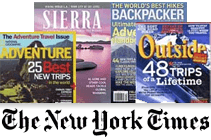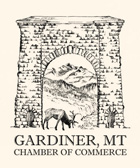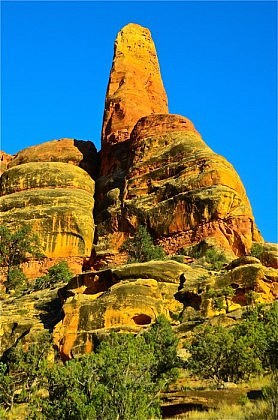Forests and grasslands of the western United States periodically burn. So long as there are periods of hot dry weather coupled with lightening strikes, wildfires will continue to be part of western landscapes. These ecosystems are exquisitely adapted to wildfire, and indeed, in some cases they are dependent upon periodic blazes. More on this later.
In the Southwest, and in the southern Rockies of New Mexico, Colorado and Utah, the typical fire season begins in late spring and lasts until the summer monsoon begins, which is usually sometime in July. Springtime is generally dry and sunny in these highlands, but the subtropical summer monsoon usually puts a damper on the fire season. In the Southwest, August and September can be very wet, with scattered daily afternoon deluges emanating from thunderheads that build up due to the moist monsoonal flow plus convective day-time heating combined with orographic uplift. In the years when the monsoon is weak or fails to develop, the fire season can indeed last through the summer.
Further north, in our home region of Wyoming, Montana and Idaho, springtime is usually cool and wet with lots of rain or snow or both. Therefore, June and much of July are usually characterized by lush greenery punctuated by colorful blooms of wildflowers. This includes our routes on all of our guided Yellowstone backpack trips. As the spring rains recede and the summer landscape begins to dry out, the wildfire season gets going, usually peaking in August. Areas west of the Continental Divide — which are typically very wet during winter and spring — have especially dry summers. By contrast, areas on the east side usually get more summer rain, partly because these mountains are higher than most ranges to the west. This includes the mountains and plateaus in and around Yellowstone. Also, the northern edge of the monsoon tends to drift northeasterly across the Yellowstone region and out onto the plains of eastern Montana, thus missing western Montana and most of Idaho. So most years, not all, the Yellowstone highlands are quite adequately watered.
In the next installment, we’ll discuss a few of the widely held myths about wildfire in our wildland ecosystems.



